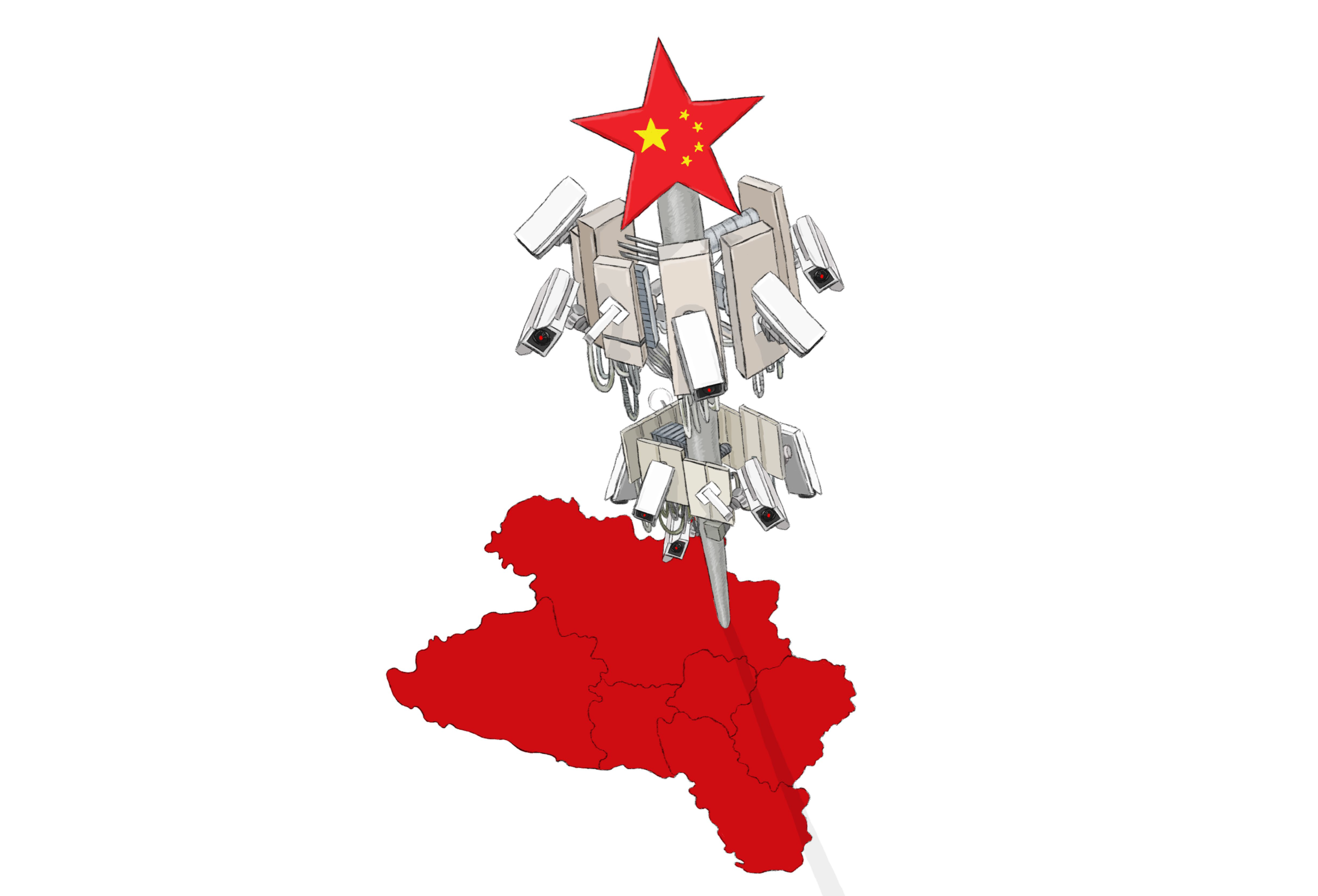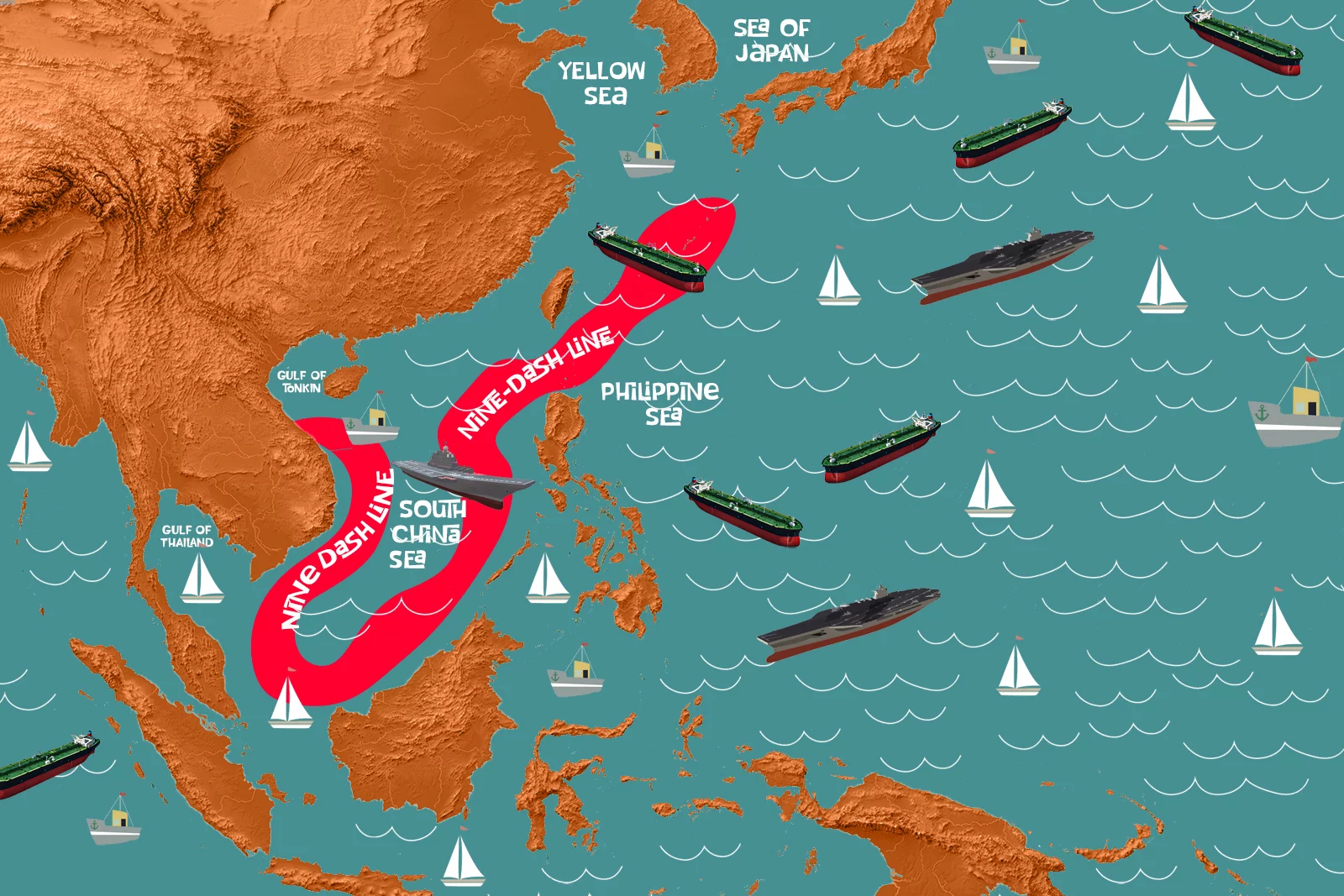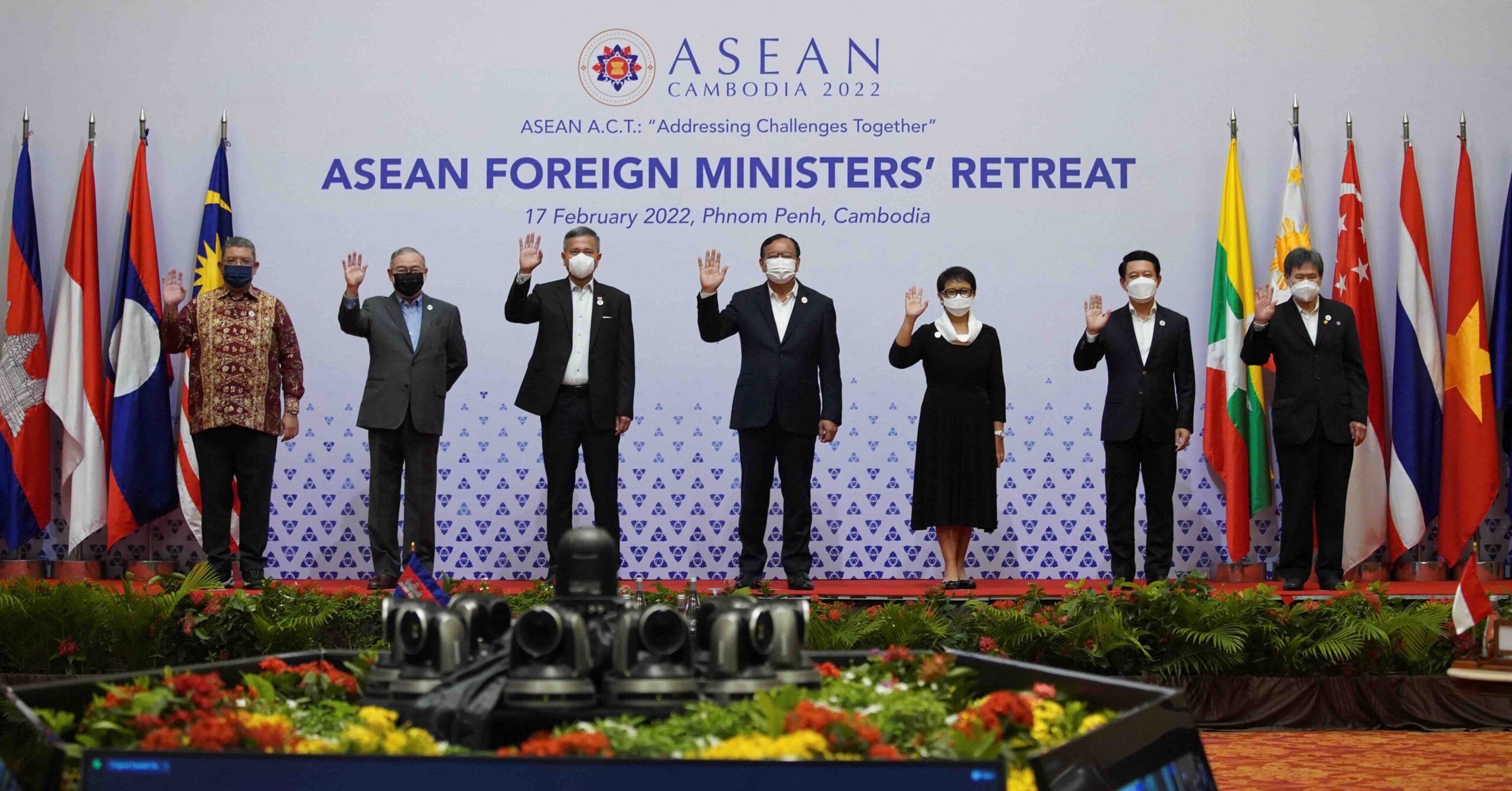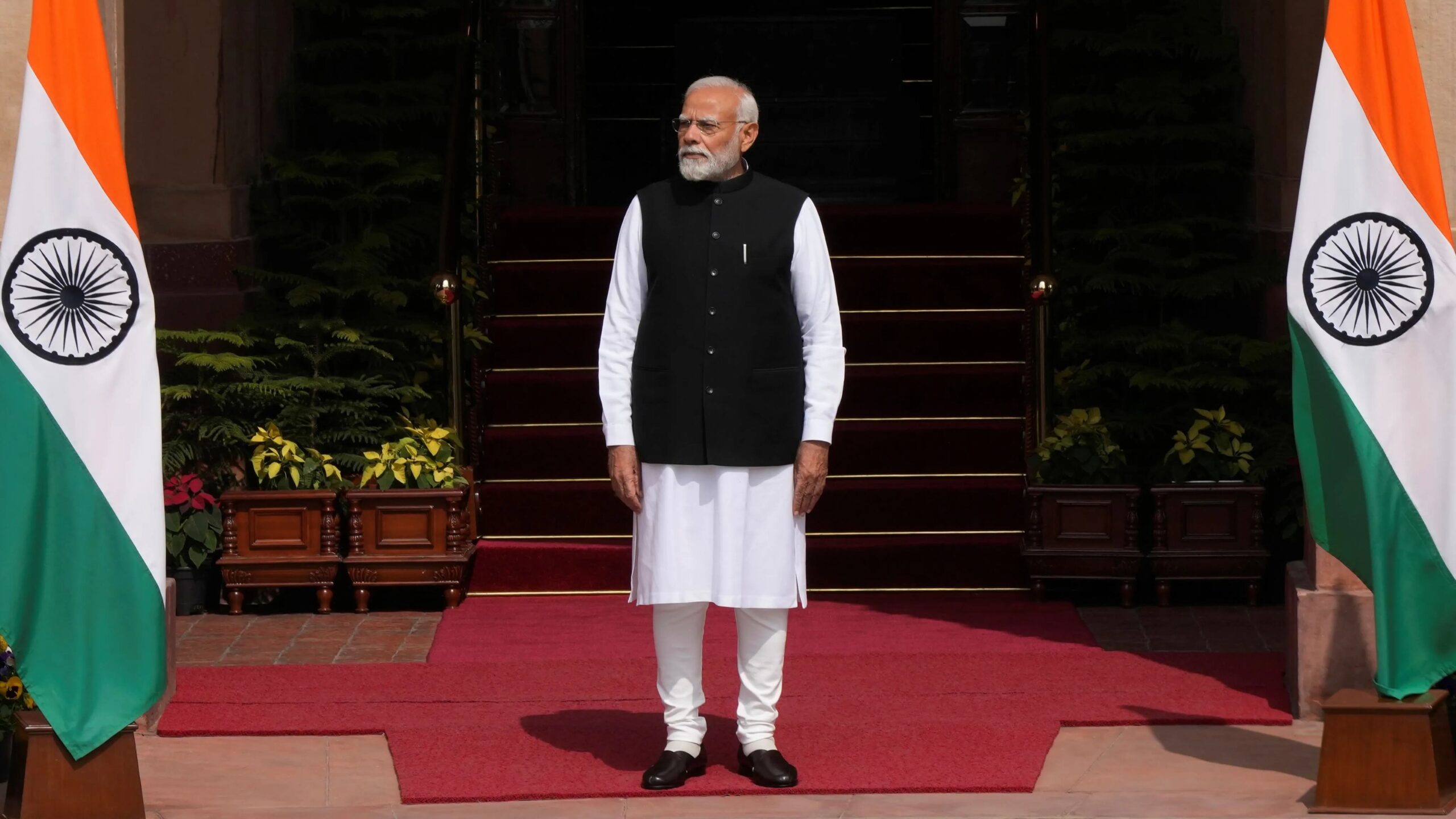Digital Silk Road (DSR) is a crucial component of China’s Belt and Road Initiative (BRI), symbolising China’s strategy to expand information exchanges and digital cooperation with emerging markets and developing economies. Launched in 2015 as part of President Xi Jinping’s flagship transnational infrastructural project, the DSR has become a significant part of Beijing’s overall BRI strategy, providing aid, political support and assistance to recipient states. The DSR aims to enhance digital connectivity in developing economies, challenging the West’s tech dominance in the developing world. This initiative encompasses various high-tech areas such as improving telecommunications networks, artificial intelligence capabilities, cloud computing, e-commerce, mobile payment systems, surveillance technology, and smart cities.
China’s Digital Silk Road has garnered global interest, with many countries signing agreements and investments related to DSR cooperation. The initiative extends beyond infrastructure projects to include the establishment of training centres, research collaborations, and the transfer of technical knowledge in areas like smart cities, artificial intelligence, robotics, and clean energy. While the DSR presents opportunities for economic growth and technological innovation, concerns have been raised by some democracies regarding the potential use of the initiative to promote technology-enabled authoritarianism, impacting personal freedoms and sovereignty in recipient countries.
History and Evolution
Image Credit – China Observers in Central and Eastern Europe (CHOICE)
About the Author
Mahima Sharma is a staff writer at The Viyug. She is also a research analyst at the Global Strategic & Defence News (GSDN). She completed an internship as a geopolitical risk intern at WoRisGo. She holds a Bachelor’s degree in Political Science from Panjab University, Chandigarh.



